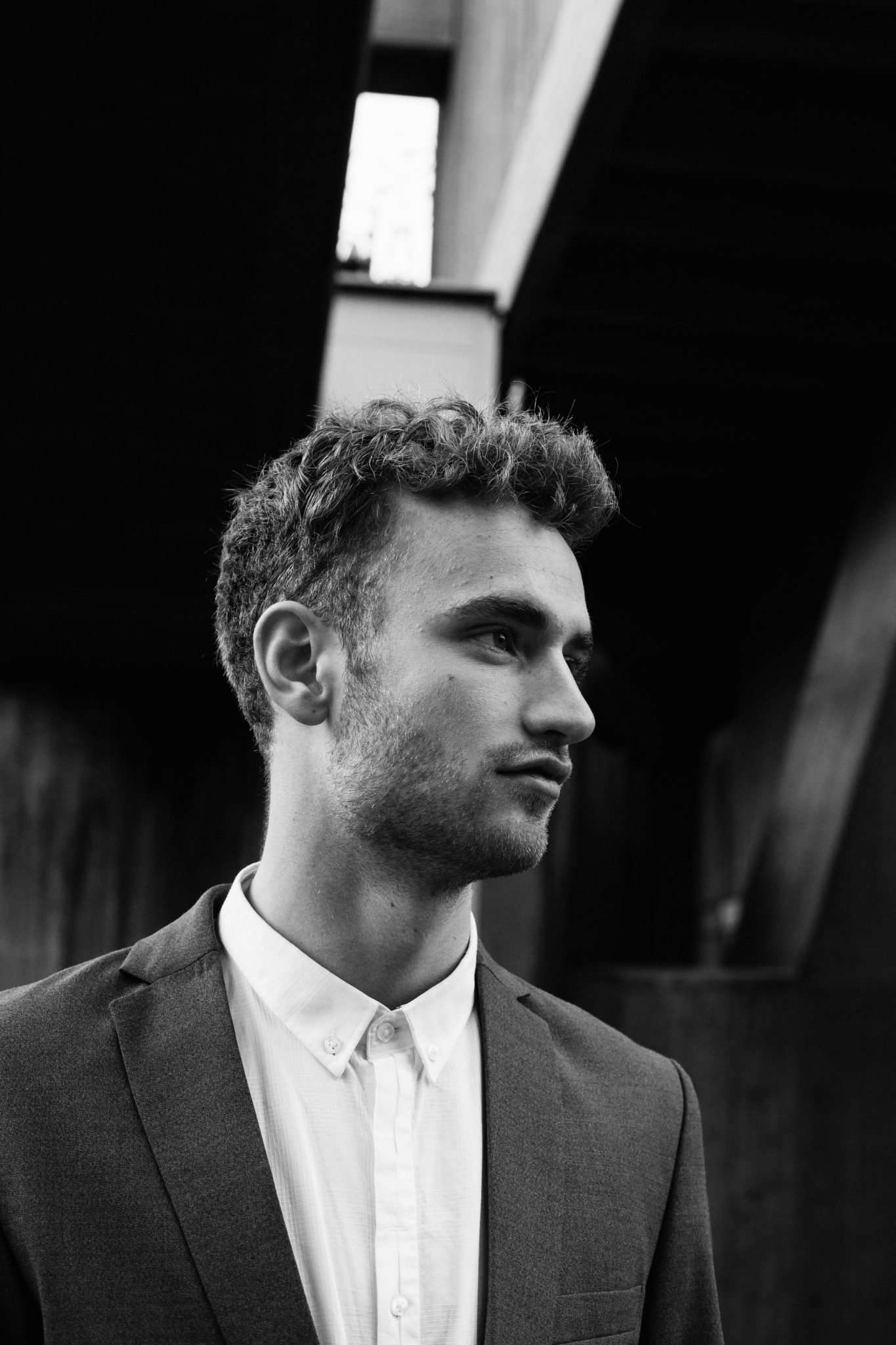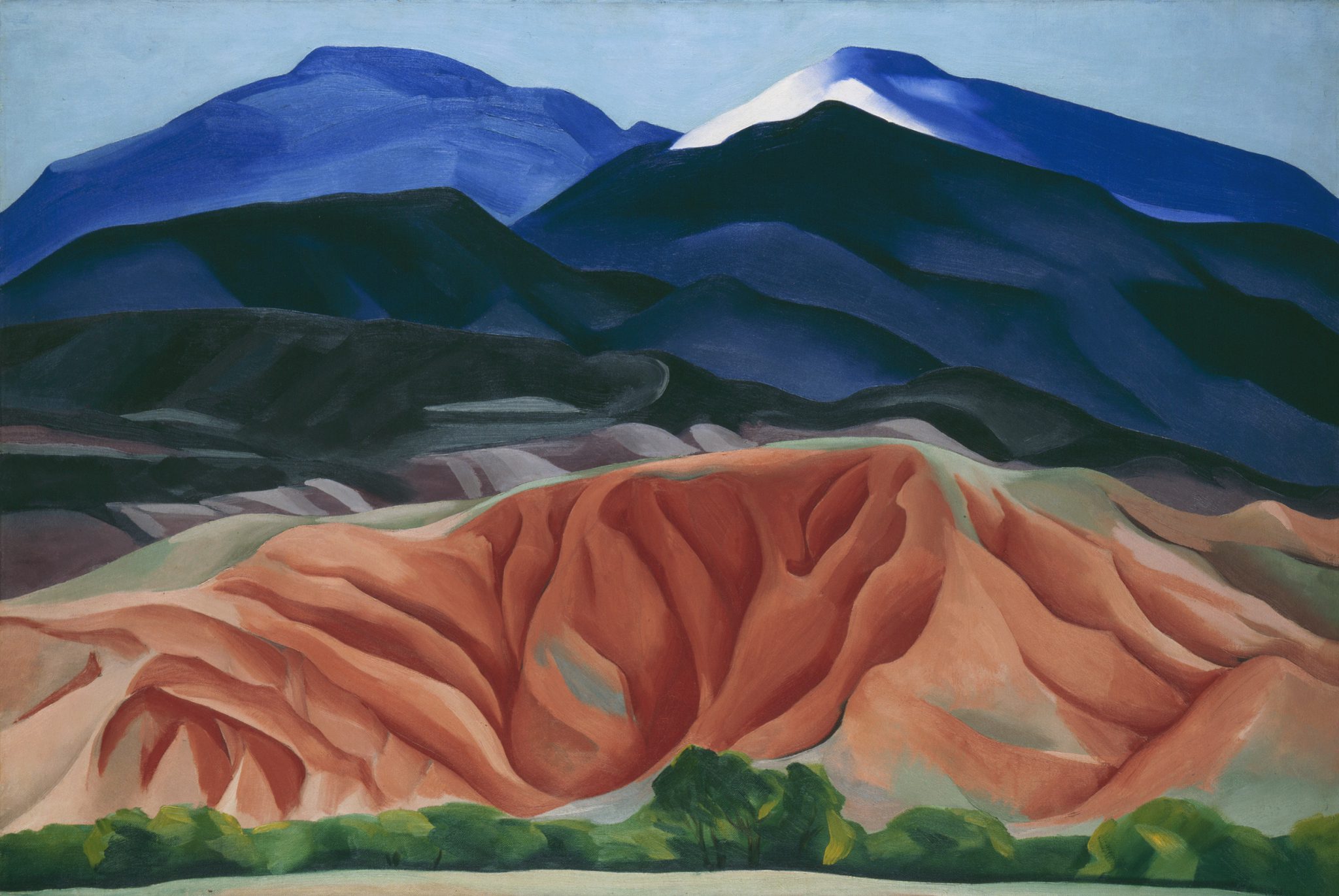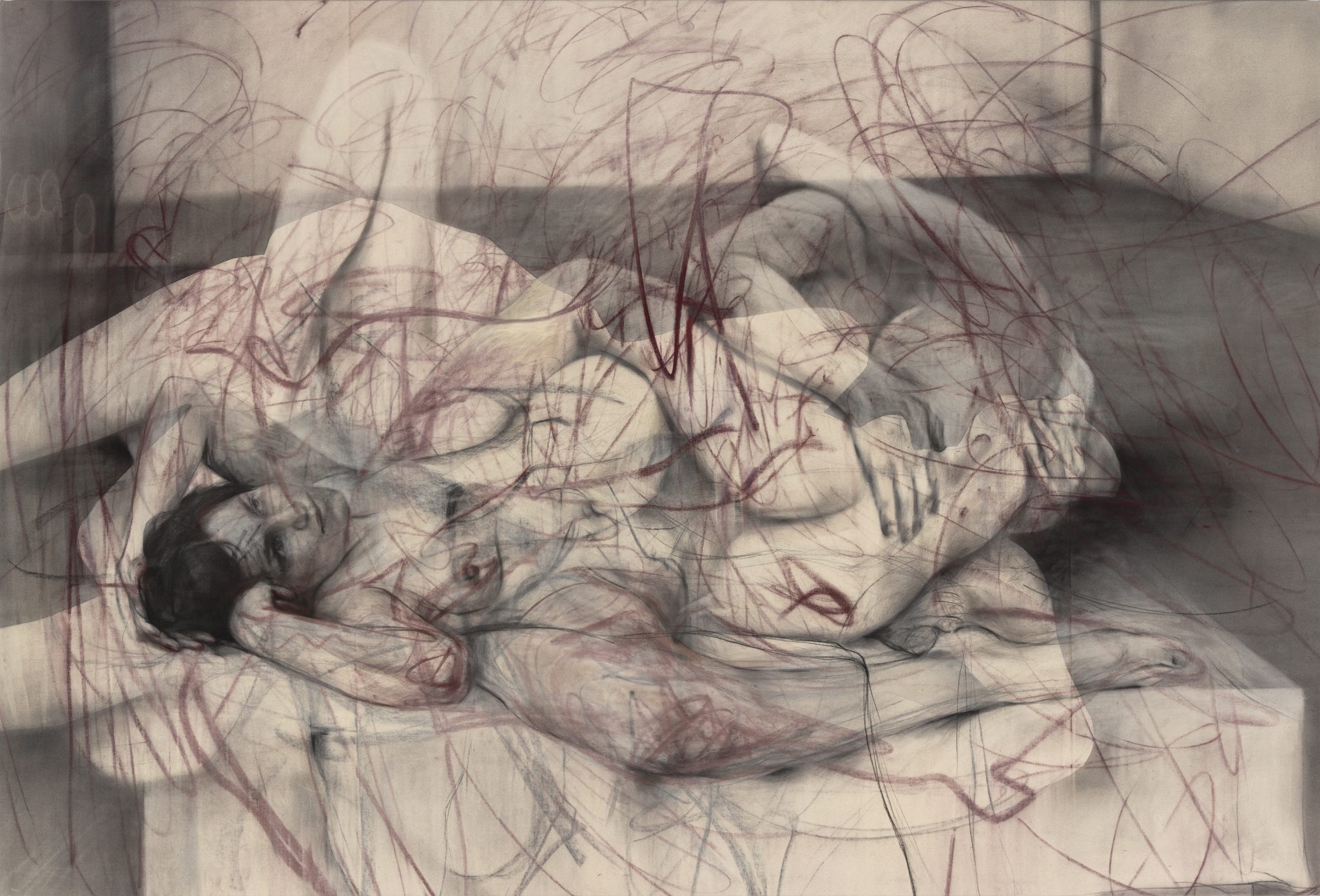Mona Hatoum: Poetic and Political
Mona Hatoum’s (b. 1952) current exhibition at the Tate Modern is the largest survey of her works to enter the UK. The exhibition covers 35 years of Hatoum’s practice: from stills and videos of her early performance works of the 1980s through to her uncanny sculptures and installations that juxtapose the familiar and the unknown. First shown at the Centre Pompidou, Musée National d’Art Moderne, Paris in 2015 the exhibition will also be travelling again in late 2016 to the Finnish National Gallery and the Museum of Contemporary Art Kiasma, Helsinki.
Drawing upon my own experiences of the work, I remember the streams of natural light that passed through the large floor to ceiling glass windows at the Centre Pompidou. Most notably I recall a room in which balls of the artists head hairs covered the floor and strands of hair hung from the ceiling and brushed against my bare arms. It was beautifully delicate, yet slightly discomforting. I can also distinctively remember the peaceful moment of standing in front of thousands of small, clear, glistening marbles that had been arranged across the floor in front of the windows to depict a map of the world. The movement of light across their surface captured my eyes again and again.
Re-visiting Hatoum’s exhibition at Tate Modern this year, I was left with memories of a slightly heavier experience. Smaller in size and with very little natural light, the space carried an awkwardness. A cylinder space projected a video taken by an endoscopic camera of the insides of Hatoum’s body. Sounds were emitted throughout the exhibition; sounds of the artist reading some of the letters her mother sent to her during her period of exile, sounds of flickering light bulbs and the buzz of wired electrics. My ears compelled me to follow the ‘buzz’; past burnt pieces of toilet paper, unusable desks and beds, a glowing electrifying red globe to a room covered in household items. The room was filled with familiar items (beds, tables, chairs and kitchen utensils), though despite this familiarity the objects were deemed unusable as an electric current passed through the space preventing the viewer’s access. The viewer was forced to take the position of an outsider looking in.
Often visually delicate and captivating, yet slightly eerie or uncomfortable, Hatoum’s works move the viewer between a visual fascination and a discomfort. Touching on ideas of displacement and exile, Hatoum invites the viewer to question their relationship to themselves, other subjects and the wider world.
Words by Emma Bourne
——–
Image (1) – Mona Hatoum, Hot Spot III
2009
Stainless steel, neon tube
Photo: Agostino Osio, Courtesy Fondazione Querini Stampalia Onlus, Venice
©Mona Hatoum
Image (2) – Mona Hatoum, Light Sentence 1992
Galvanised wire mesh lockers, electric motor and light bulb
198 x 185 x 490
Centre Pompidou, Musée National d’Art Moderne, Paris: Mnam-CCI / Dist RMN-GP
Photo: Philippe Migeat
© Mona Hatoum
Image (3) – Mona Hatoum, Over My Dead Body 1988
Inkjet on paper
204 x 304
© Courtesy of the artist
Hatoum’s works will be on display at the Tate Modern, London until 21st August 2016.



